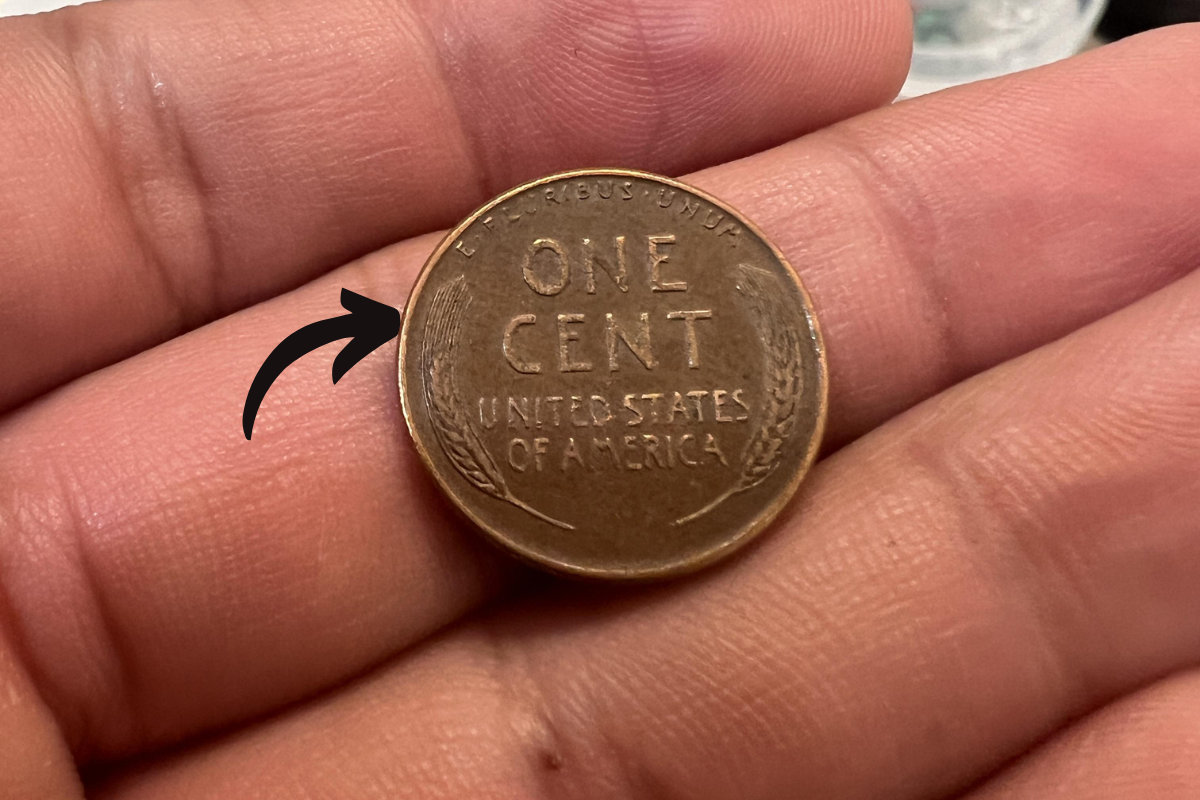Did you know that a simple penny could be worth millions? One particular version of the Lincoln Wheat Penny has stunned collectors, with some being valued at an incredible $96 million. While most pennies in circulation today are barely worth their face value, this rare coin holds immense historical and monetary significance.
What Is the Lincoln Wheat Penny?
The Lincoln Wheat Penny, minted between 1909 and 1958, is a U.S. one-cent coin featuring Abraham Lincoln on the front and two stalks of wheat on the back.
It was designed by Victor D. Brenner to commemorate the 100th anniversary of Lincoln’s birth. These coins are highly sought after by collectors, especially rare variants that were minted under unique conditions.
Why Is This Penny So Valuable?
Several factors contribute to the value of this particular Lincoln Wheat Penny:
1. Rarity
The most valuable Lincoln Wheat Pennies were often produced under special circumstances, including errors during minting or limited production runs. One of the rarest is the 1943 Copper Lincoln Wheat Penny, which is considered a “holy grail” for collectors.
During World War II, the U.S. Mint switched to making pennies out of steel instead of copper to conserve metal for the war effort. However, a few copper planchets (metal blanks) were accidentally used, resulting in a small number of 1943 copper pennies. It is one of these extremely rare pennies that is valued at around $96 million.
2. Historical Significance
The Lincoln Wheat Penny holds sentimental and historical importance, symbolizing a period when the U.S. was undergoing significant change. Its role in the nation’s coinage history and its connection to Abraham Lincoln enhance its desirability.
3. Condition (Grading)
Coins are graded based on their condition, which plays a key role in determining their value. The 1943 copper penny in pristine, mint-state condition could easily fetch millions. Coins graded as MS-65 or higher are highly valuable because they show minimal signs of wear.
How Can You Spot a Rare Lincoln Wheat Penny?
Finding a valuable Lincoln Wheat Penny requires a good understanding of what to look for:
- Check the Date: The 1943 copper penny is the most famous, but other rare dates like 1909-S VDB (the first year of issue) and 1914-D also fetch high prices.
- Inspect the Material: Hold the penny next to a magnet. If it sticks, it’s made of steel (common for 1943). If it doesn’t stick, you may have a copper version, which could be extremely valuable.
- Look for Mint Marks: Rare Lincoln Wheat Pennies with specific mint marks like “S” for San Francisco or “D” for Denver are often worth more.
Where Can You Find One of These Rare Pennies?
Believe it or not, some of these valuable coins may still be in circulation, hiding in pocket change, piggy banks, or old coin jars. Many collectors recommend searching through older rolls of pennies from banks or estate sales. While the chances of finding a $96 million penny are slim, valuable Wheat Pennies (worth hundreds or thousands) are still out there.
What to Do If You Find One
If you believe you’ve found a rare Lincoln Wheat Penny, take these steps:
- Confirm Authenticity: Have the coin evaluated by a professional coin dealer or third-party grading service like PCGS or NGC.
- Grade the Coin: The better the condition, the higher the value, so proper grading is crucial.
- Auction It: Rare pennies often fetch high prices at auctions, with professional bidders willing to pay top dollar.
Why Collectors Are Excited
The staggering $96 million valuation on rare Lincoln Wheat Pennies highlights the passion and excitement of coin collecting. With historical significance, rarity, and high monetary value, these coins capture the imagination of people around the world. Collectors often see them as investments, but for many, it’s the thrill of the hunt that keeps them motivated.
Even if you don’t find the legendary $96 million coin, searching for valuable pennies can still be profitable. Some Lincoln Wheat Pennies regularly sell for $500 to $1,000, making them a worthwhile discovery.
The Lincoln Wheat Penny is more than just a piece of pocket change—it’s a symbol of American history with the potential to change lives financially. The excitement surrounding rare versions like the 1943 copper penny keeps collectors searching.
While the odds of stumbling upon a $96 million coin are slim, many other valuable pennies can still be found in circulation today. So, the next time you get change, take a second to look at those pennies—you might just strike gold!
FAQ’s
What is a Lincoln Wheat Penny?
The Lincoln Wheat Penny is a one-cent coin produced by the U.S. Mint between 1909 and 1958. It features Abraham Lincoln on the front and two stalks of wheat on the back. These pennies are highly collectible, especially rare variants.
Why is the 1943 Lincoln Wheat Penny so valuable?
The 1943 Lincoln Wheat Penny is valuable because of its rarity. While most 1943 pennies were made of steel, a few were mistakenly struck using copper. These rare copper pennies can be worth millions.
How can I tell if I have a rare Lincoln Wheat Penny?
Check the year and material. A 1943 penny that does not stick to a magnet may be a rare copper penny. Also, rare dates like 1909-S VDB and 1914-D are worth checking.
Where can I get a Lincoln Wheat Penny evaluated?
You can have a Lincoln Wheat Penny evaluated by professional coin dealers or third-party grading services like PCGS (Professional Coin Grading Service) or NGC (Numismatic Guaranty Company).
Are valuable Lincoln Wheat Pennies still in circulation?
Yes, some valuable Lincoln Wheat Pennies can still be found in circulation, particularly in old coin rolls, bank deposits, or forgotten piggy banks.
